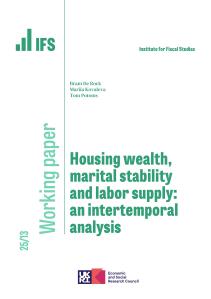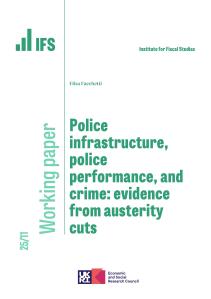Perhaps the most impressive aspect of our new government has been not just its continued insistence on the importance of housebuilding, but its stated willingness to take on vested interests, to force things through, however unpopular that may be locally and however many people are upset.
Last week Sir Keir Starmer reiterated his commitment to building 1.5 million new homes by 2030. Writing in this newspaper he appeared robust, radical and combative in that commitment. Hurrah. We have fewer houses per person, smaller houses and more expensive houses than almost any other comparable European country.
Correct problem identified. Stretching target announced. What about the solution? One concern stems from the failure of the prime minister to identify the right culprits. His beef in that article was with the “blockers and bureaucrats who have stopped Britain building”. In his speech he rounded on a civil service “comfortable in the tepid bath of managed decline”.
A lovely phrase. But it’s not the bureaucrats and the civil service who have stood in the way of building, it’s the politicians, local and national, Labour, Conservative, Liberal Democrat. They make the laws, they make the final decisions. Plenty of planning officers and numerous civil servants have despaired at the unwillingness of their political masters to back either specific developments or systemic reform.
The real question is, will this government make the genuinely radical changes that are needed to get this country building again? Despite the warm words, the combative language, the rhetoric — all of which I welcome — I rather fear the answer to that question will prove to be “no”. A report out last week from Anthony Breach at the Centre for Cities think tank explains why.
At heart the government appears to want to tweak and improve the existing system, not to fundamentally change it. Making what we have work better is good. But the Centre for Cities reckons that will not be anything like enough. They are hardly alone in that.
The problem lies in the very nature of the system introduced by the 1947 Town and Country Planning Act. Discretion, uncertainty, capacity to block, is built into it. Further constraint, complexity and uncertainty has been layered upon this original Act, and it is these layers that the government seems to want to peel away, not the system itself.
But even if we manage as much private housebuilding as at the peak periods over the past 70 years, before most of the additional burdens were imposed, we are likely to fall a good 400,000 short of the 1.5 million target.
The problem is much worse than that. It is worse in the quantitative sense that even 300,000 new homes per year won’t be enough to make up our shortfall. More importantly, it matters where the houses are built. Our system is especially restrictive in places like London and surrounding areas where need — both social and economic — is greatest.
Private housebuilding in London has never recovered to even half the level it was in the interwar period. It has been almost completely unaffected by the huge surge in house prices and booming population of recent decades. Look across the country and there is literally no correlation between house prices — the fundamental indication of demand — and housebuilding, the obvious supply response. Our planning system is quite obviously a huge drag on our economy, and on our standard of living.
At first sight that makes the recent reduction in London’s housing target from 100,000 a year to 80,000 look barmy. If there is anywhere in the country where targets should be rising it is London. But these targets are purely notional. Neither is remotely attainable under the present system. That is not to say impossible under any system, far from it. There is plenty of scope for more building, but the London Plan and the rest of the current rules stand in the way.
Making any building easier would also make building social housing easier. The case for more direct subsidy here is strong. It should replace the appallingly inefficient and costly system of cross-subsidy from private housebuilding. But there is no world in which that will be affordable at a rate which does all or most of the work. Private housebuilding must play the key role.
So what sort of reform do we need? Quite simply the repeal of that 1947 Act and its replacement with the sort of zoning systems that exist in every other G7 economy and across much of the anglosphere. You set rules for different neighbourhoods and if those rules are adhered to then building is allowed. Most of the costly discretion and uncertainty of the present system could be removed.
This sort of reform is the only way to get serious building where it is most needed — in London and other high-cost areas. It would also open up our housebuilding market, currently dominated by a few big players because only they can bear the costs and risks imposed by our crazy planning system.
Then there’s the green belt. Using just 2 per cent of green belt land around railway stations could make space for two million suburban homes. Retaining the green belt in anything like its present form is absolutely not compatible with the current discretionary system if we want to build all those additional houses.
In any case, we need to use our land rationally, not simply exclude large areas from development because of a designation imposed 70 years ago. There is much else that needs to change, both big and small. But without a complete overhaul of the whole basis of our planning system we are never likely to build enough homes in the right places. I’m delighted to hear the radical language, Sir Keir. Let’s match it with equally radical action.
This article was first published by The Times, and is reproduced here with kind permission.



-3.jpeg)






